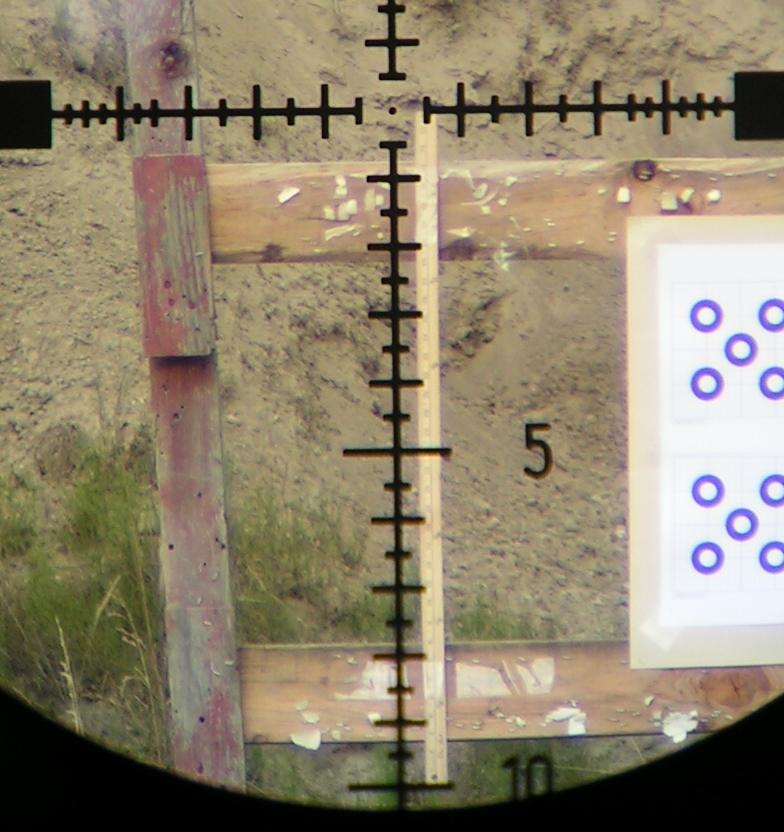Trikstr
Well-Known Member
Mounted a 3.5-15x56 on my 6PPC benchrest rifle today to check MOA adjustments and repeatability. Zeroed rifle at 100 yds, slightly variable wind from 6-7 o'clock .5-2 mph. Drew a 48" line up from aiming point with a level. Fired two shots and the little diamond in a 1" orange dot was gone. Clicked up 10 MOA and fired 2 more one cut the line and the other was touching just left. Clicked up 10 more MOA and fired 2 more one on each side of line. Clicked up 10 more MOA and fired 2 shots one on each side of line. Clicked down 10 MOA and fired one shot right in with last 2. Down 10 MOA fired 1 shot right in with those 2. Down 10 more and that shot was in orange dot. Dialed up 10, 20 and 30 and fired once at each and those all landed in their respective groups. Dialed down 30 and right 5 MOA and fired a shot. Dialed left 10 MOA fired a shot no hole in paper. Dialed right 10 fired one in the same hole as first. Dialed 10 left fired a shot no hole in paper. Can't figure out what happened to the 2 on the left. It was probably me but if so then that's a pretty bad screw-up. Out of ammo. Gonna clean her up and try it again in a day or two.
Measured group heights to see if they moved true MOA's. First and second groups were both .28" higher than they should have been. 3rd group was .53" higher than it should have been. The group fired for windage was off by .015" but that could be measuring error.
When my new 5.5-22x56 shows up I'll try the same test.
How common is it that adjustments are more/less than advertised? And is it common for them to change more the closer you get to the limits of adjustment range?
Measured group heights to see if they moved true MOA's. First and second groups were both .28" higher than they should have been. 3rd group was .53" higher than it should have been. The group fired for windage was off by .015" but that could be measuring error.
When my new 5.5-22x56 shows up I'll try the same test.
How common is it that adjustments are more/less than advertised? And is it common for them to change more the closer you get to the limits of adjustment range?
Last edited:

